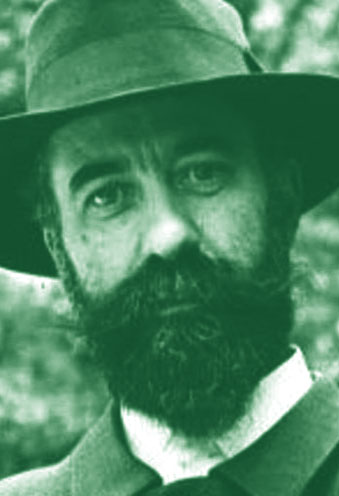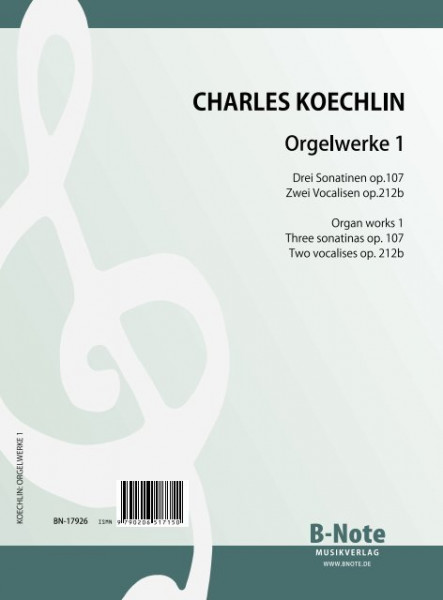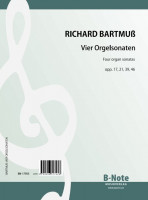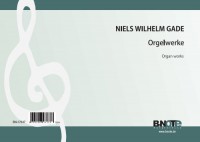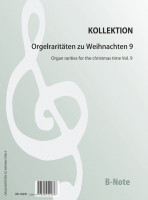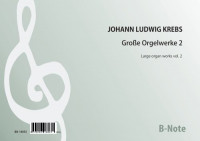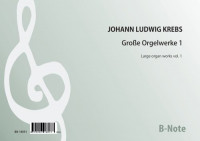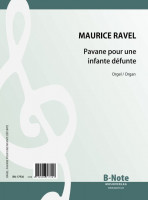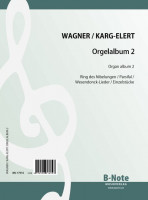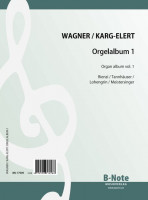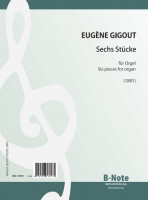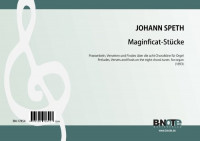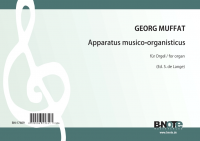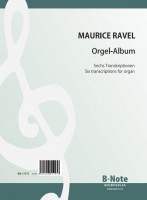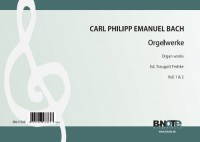Cookie-Einstellungen
Diese Website benutzt Cookies, die für den technischen Betrieb der Website erforderlich sind und stets gesetzt werden. Andere Cookies, die den Komfort bei Benutzung dieser Website erhöhen, der Direktwerbung dienen oder die Interaktion mit anderen Websites und sozialen Netzwerken vereinfachen sollen, werden nur mit Ihrer Zustimmung gesetzt.
Konfiguration
Technisch erforderlich
Diese Cookies sind für die Grundfunktionen des Shops notwendig.
Alle Cookies ablehnen
Alle Cookies annehmen
Ausgewählter Shop
CSRF-Token
Cookie-Einstellungen
Individuelle Preise
Kunden-Wiedererkennung
Kundenspezifisches Caching
Session
Währungswechsel
Komfortfunktionen
Diese Cookies werden genutzt um das Einkaufserlebnis noch ansprechender zu gestalten, beispielsweise für die Wiedererkennung des Besuchers.
Merkzettel
Statistik & Tracking
Endgeräteerkennung
Partnerprogramm
12,80 € *
Prix dont TVA plus frais de port
Prêt à expédier immédiatement, délai de livraison env. 1-3 jours ouvrés (Allemagne). Disponible en tant que téléchargement immédiat
Pas de livraison aux États-Unis pour le moment
Chers clients, DHL a suspendu l'expédition de marchandises vers les États-Unis en raison des nouvelles conditions douanières. Par conséquent, nous ne pouvons temporairement pas livrer aux États-Unis. Nous vous remercions de votre compréhension. Plus d'informations ...
Chers clients, DHL a suspendu l'expédition de marchandises vers les États-Unis en raison des nouvelles conditions douanières. Par conséquent, nous ne pouvons temporairement pas livrer aux États-Unis. Nous vous remercions de votre compréhension. Plus d'informations ...
- Réf. d'article : BN-17926
- ISMN / ISBN 9790206517150
- Producteur B-Note Musikverlag, Wersaber Helmer 15, D-27628 Hagen i. Br. | post@bnote.de
Liens supplémentaires vers
Trois Sonatines op. 107 Sonatina Nr. 1 Sonatina Nr. 2 Sonatina Nr. 3 Deux Vocalises...plus
Koechlin: Oeuvre pour orgue 1: Sonatines et Vocalises
- Trois Sonatines op. 107
- Sonatina Nr. 1
- Sonatina Nr. 2
- Sonatina Nr. 3
- Deux Vocalises op. 112b
- Vocalise Nr. 1
- Vocalise Nr. 2
Charles Koechlin was, in general, a remarkable man: a failed engineer from an exciting family of inventors, artists, and entrepreneurs, a humanist and philosopher, a free thinker - and finally a musician and composer. Today musicology agrees that Koechlin is an underrated personality, even if his works have appeared more frequently in concerts since the 1980s and many are published for the first time.
Koechlin's compositions are as complex as his life and probably his character. They are difficult to grasp; there is no categorization for them, they fluctuate through the whole breadth of styles from archaic monodies to atonal symphonic works. The organ was certainly not Koechlin's main instrument, but he dedicated a number of works to it. But organists will instantly recognize that he was not really familiar with the instrument. The texture is often weird (and sometimes only playable after a revision), the registrations have a somewhat clumsy appearance.
But the works are worth it. The first look or the first try on the instrument may hardly make the interpreters fall in love with Koechlin. But if musicians get involved in the interpretation and understand the principles, they will discover a language that may be foreign first but highly exciting. Harmonics and melodies go strangely here and there, but everything meets with a surprising and engaging musical charm. You have to let this music flow. Its meaning and its aesthetics are behind the texture, which may seem clunky and irregular at first - but that's only on paper.
Koechlin wrote the second and third sonatinas in collaboration with Catherine Urner, who contributed several themes which Koechlin then elaborated. The two vocalises are Koechlin's own arrangements of two vocalises from op. 212, which were originally composed for violin and piano.
The basis of this new edition are the first editions of the works (Éditions de l’Oiseau Lyer in Paris, Schott in Mainz and Music sacrée in Paris, 1930–2005). The works were uniformly engraved on three staves, since the pedal is mandatory for all. Obvious errors, redundancies, and inconsistent engrave rules have been corrected.
| Auteur / Compositeur: | Charles Koechlin (1867-1950) |
| Pays: | France |
| Epoque: | Début du moderne |
| Instruments: | Orgue |
| Genre: | Morceau |
| Forme d'edition: | Partiton(s) pour jouer |
| Source: | Réimpression légale |
| Pages: | 26 |
| Format: | Format large (243x328 mm) |
| Condition: | Sans erreur |
| Ressources en ligne: | Spécimen digital |
Dernieres editions consultés

